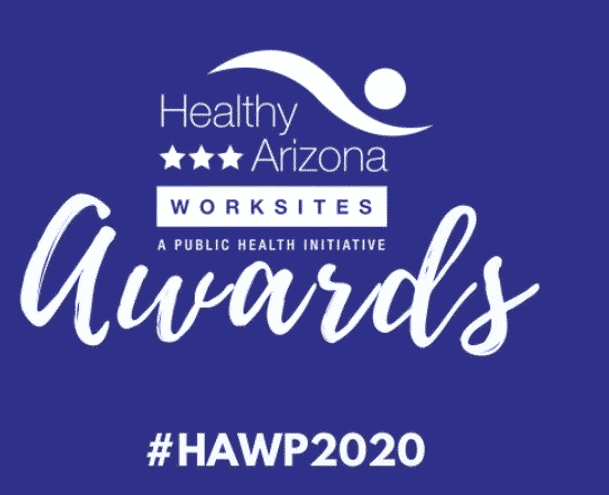In 2003, a quick and simple method of measuring customer satisfaction and predicting growth emerged following an extensive two-year study. The method, commonly known as the Net Promoter Score (NPS®), stems from the observation that the percentage of customers who are enthusiastic enough about a company to refer it to others correlates directly to a company’s growth rate. Therefore, NPS® centers on one question that is asked of customers regarding recent transactions with a company: “How likely is it that you would recommend the company to a friend or colleague?”
Respondents must answer the question on a scale of zero to ten. They are then classified as belonging to one of three groups: detractors, passives, or promoters. Detractors are those who answered between zero and six and are deemed to have been so unsatisfied with the experience that they may be likely to harm the company’s reputation through negative word-of-mouth. Respondents who answered with a seven or eight are labeled as passives, or those who were satisfied but not enthusiastic enough to recommend the company to others. Passives are not consistently loyal to the company and may be enticed by competitors. Finally, those who answered with a nine or ten are called promoters, or those who are loyal to the company and likely to recommend it to friends or colleagues. NPS® is then calculated by subtracting the percentage of customers who are detractors from the percentage who are promoters.
NPS® has gained significant popularity because its brevity encourages customer responses and its simplicity allows data to be analyzed quickly, enabling companies to take swift corrective measures in order to improve the score. Increasingly, employers are using the Net Promoter Score® to measure employee engagement and loyalty. Referred to in this case as eNPS®, the central question asked is: “How likely is it that you would recommend this company as a place to work?” Some companies include additional questions, such as one inquiring as to the employee’s likelihood of recommending the employer’s products or services to a friend or colleague.
The eNPS® is determined in the same manner as NPS®, classifying respondents as detractors, passives, or promoters based upon their score on a scale of zero to ten. While NPS® is often used as a one-time evaluation of a customer’s experience, eNPS® should be part of an ongoing system that evaluates employee engagement and fosters coaching and continuous improvement. Therefore, employers should administer the survey with some degree of frequency. For example, companies may apply eNPS® every few months, or on a rotating basis so as to continuously attain fresh input. Another distinction between NPS® and eNPS® is the greater need to protect employee anonymity versus customer anonymity. Therefore, any follow-up questions that the employer wants to ask must be included in the initial survey.
A highly engaged workforce carries a multitude of benefits, and fostering engagement is thus a top priority for many employers. Specifically, engaged employees tend to be more productive, and companies with a high level of engagement report better profits and customer satisfaction than their competitors that lack such a workforce. Furthermore, by improving the customer experience, enthusiastic employees beget loyal customers, ultimately raising NPS®. Administering an efficient gauge like eNPS® enables employers to keep their fingers on the pulse of engagement levels in the workforce and respond rapidly to deficits in loyalty.
(Sources: www.netpromoter.com, hbr.org, www.netpromotersystem.com, www.fastcompany.com).




























